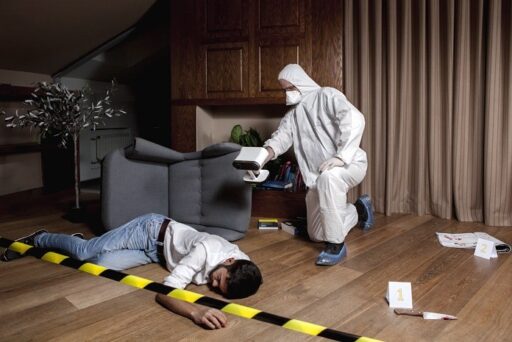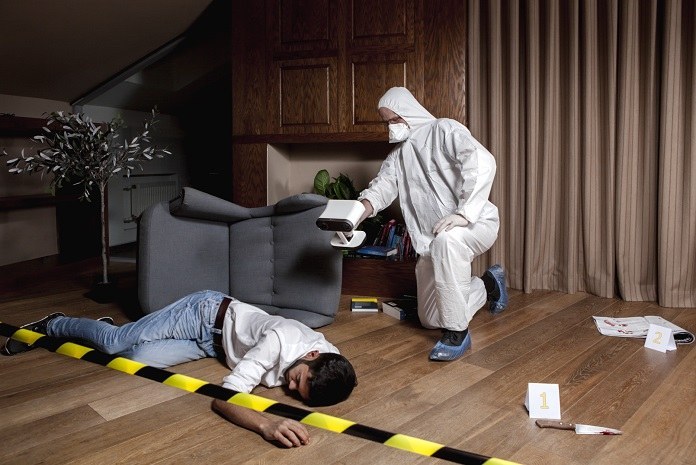Malaysian police have announced plans to re-open their investigation into the death of journalist and political aide Teoh Beng Hock using advanced forensic visualization.
According to a report in The Star, a fresh probe has been opened due to the advent of 3D scanning technologies that allow for crime scene digitization and simulated scenarios. As the investigation is ongoing, the exact details of the application haven’t been revealed, but it’s understood that several theories on what happened are being tested in the virtual world.
As Hock fell to his death from a window, not long after being summoned to provide testimony in a corruption case, his death remains highly contentious in Malaysia. Fifteen years on, the country’s authorities are now using 3D scanning to ensure there was no foul play involved.
Reassessing theories with 3D visualization
Initially, Hock’s cause of death was found to be suicide. But Malaysia’s government is reopening its investigation to make absolutely sure this was the case. Speaking to the press this week, Seri Mohd Shuhaily Mohd Zain, Director of the Criminal Investigation Department (CID) in the area where Hock’s body was found, said multiple possibilities were being considered.
“This includes if he fell on his own or if he was forced to jump. We wanted to see if it was possible or not from that window,” he explained. “The test was to confirm if it could happen in different situations.”
“We used equipment that we did not have 15 years ago and forensics has tried to reconstruct the crime scene in 3D.”
Alongside 3D scanning, drone footage is being used to create a full picture of the crime scene as it was in 2009. Five witnesses have also been contacted for fresh testimony, with a total of 35 more expected to join them in the coming weeks.
Though no formal timeline has been established for the completion of the 3D investigation, Shah Alam’s CID Director said that it would take “a week or two” to complete renders. From there, it’s hoped that Malaysia’s police will have the evidence required to open new lines of enquiry, and settle the case once and for all.
Further opportunities in forensics
3D scanning continues to gain momentum in the field of forensics as a tool for accurate digital crime scene analysis. Take Artec Studio – a software that combines handheld and LiDAR long-range scan data into high-resolution 3D models. Police in the Netherlands have already proven that the technology is capable of capturing crime scenes for fine detail analysis.
In the US, Origin Forensics has also demonstrated the viability of Artec 3D scanning for digital road traffic collision analysis, using it alongside other technologies like drone capture.
With the industry continuing to progress, technologies like 3D scanning and photogrammetry are coming closer together, opening new possibilities in visualization, forensics, and more. It will be fascinating to see what truths can be uncovered as digitization takes hold!






